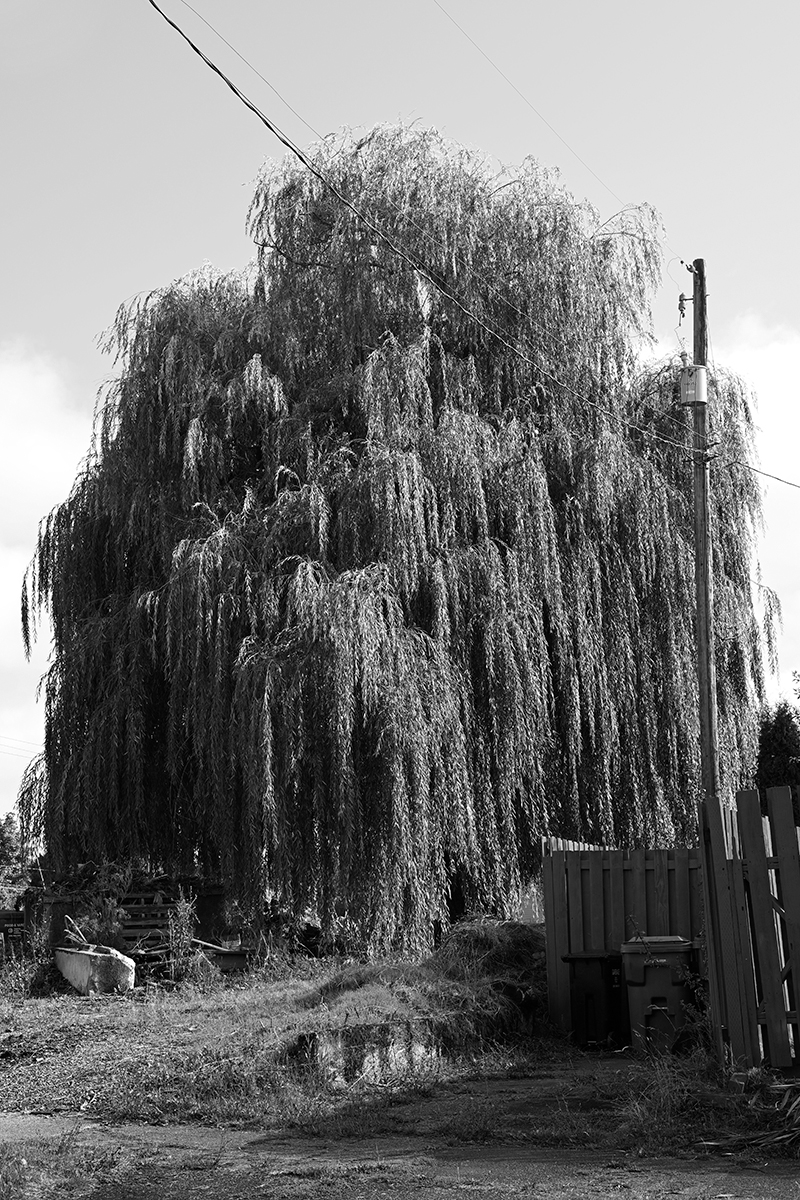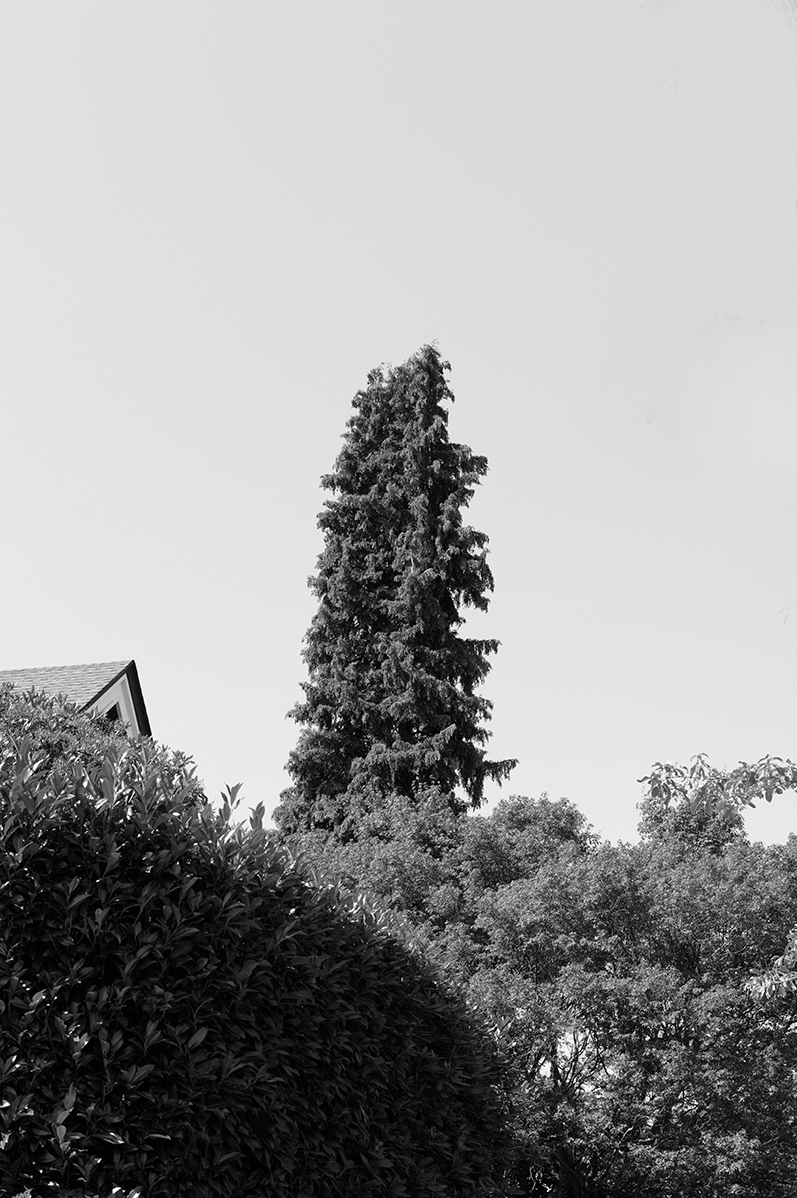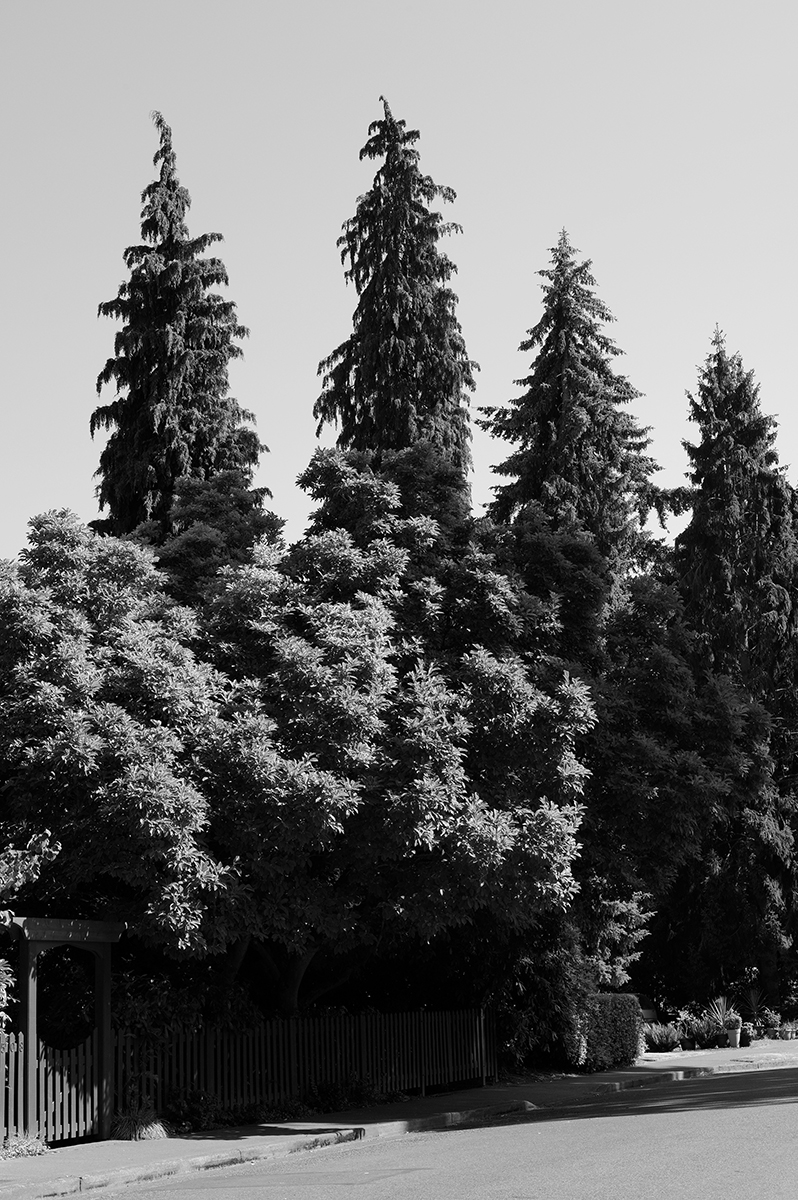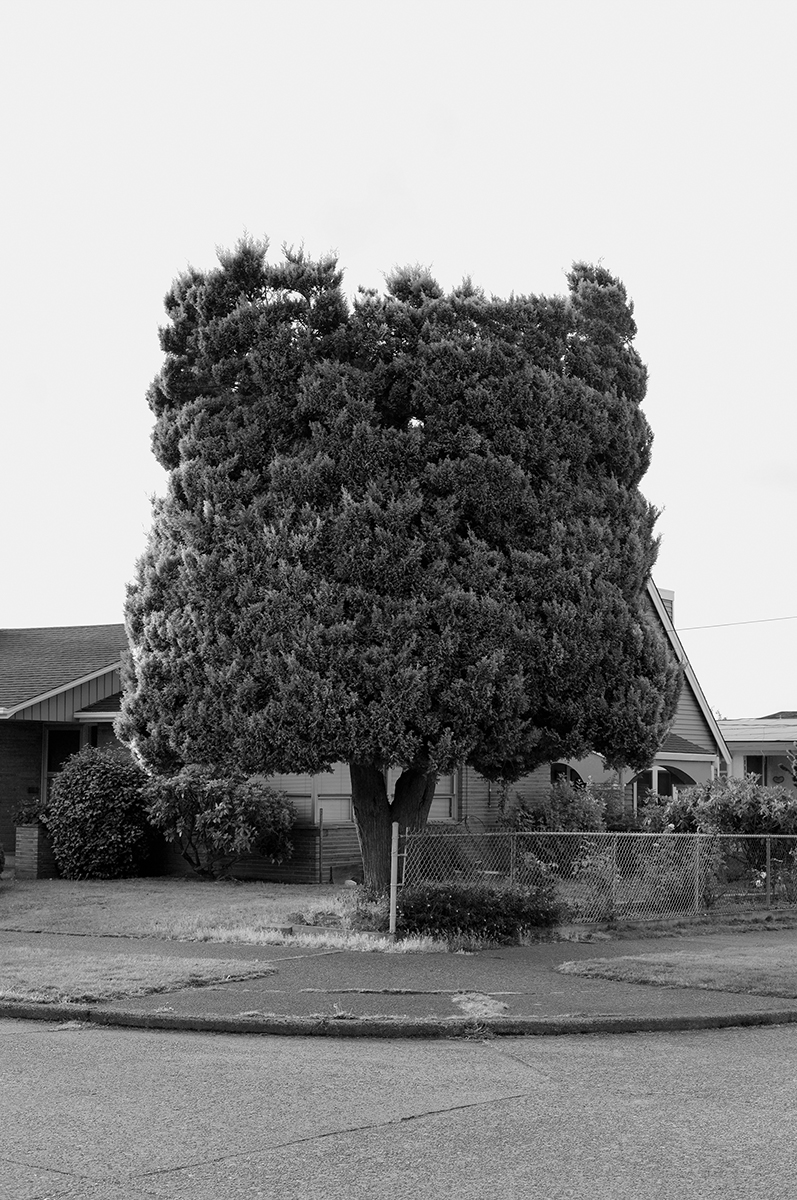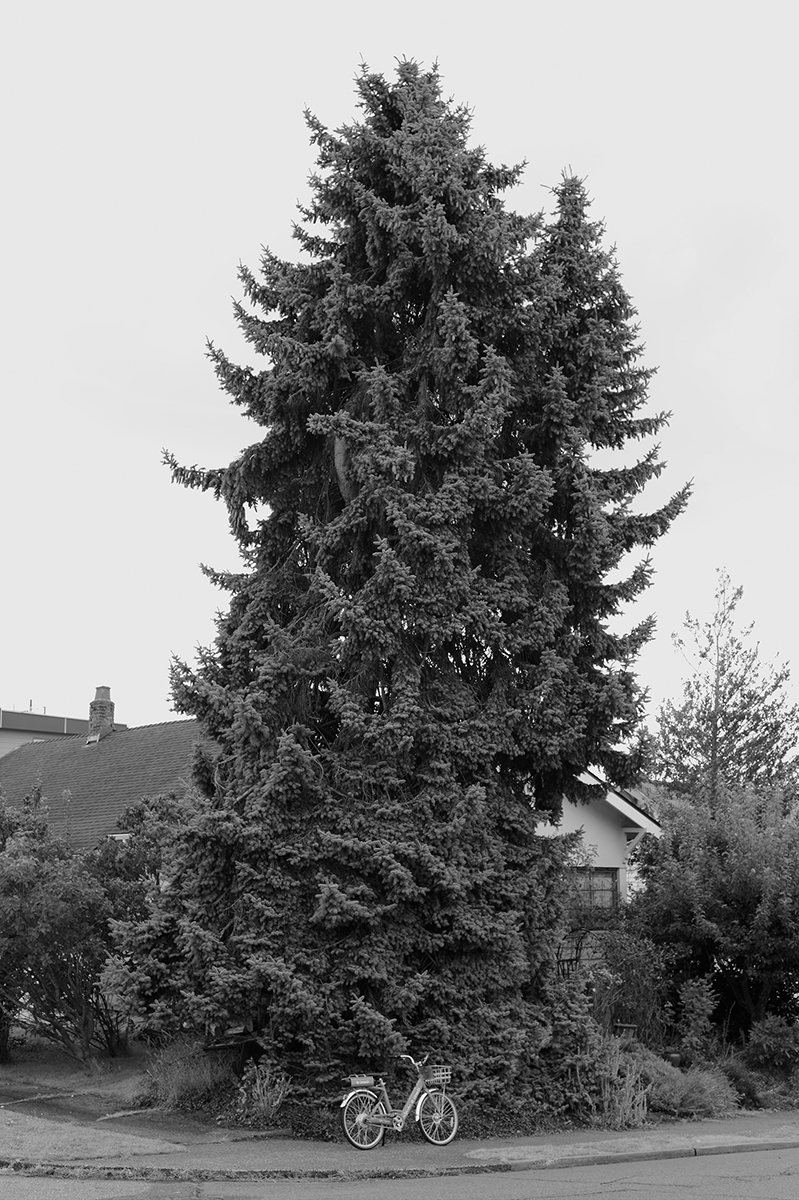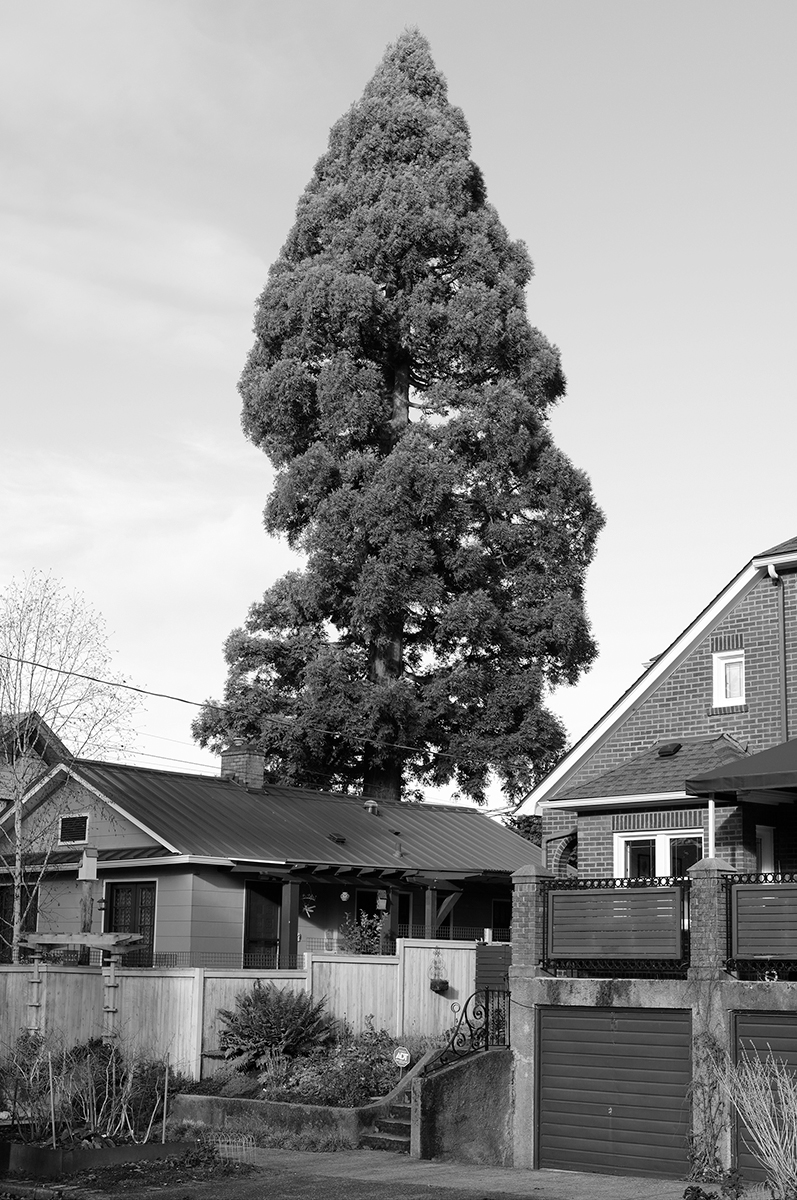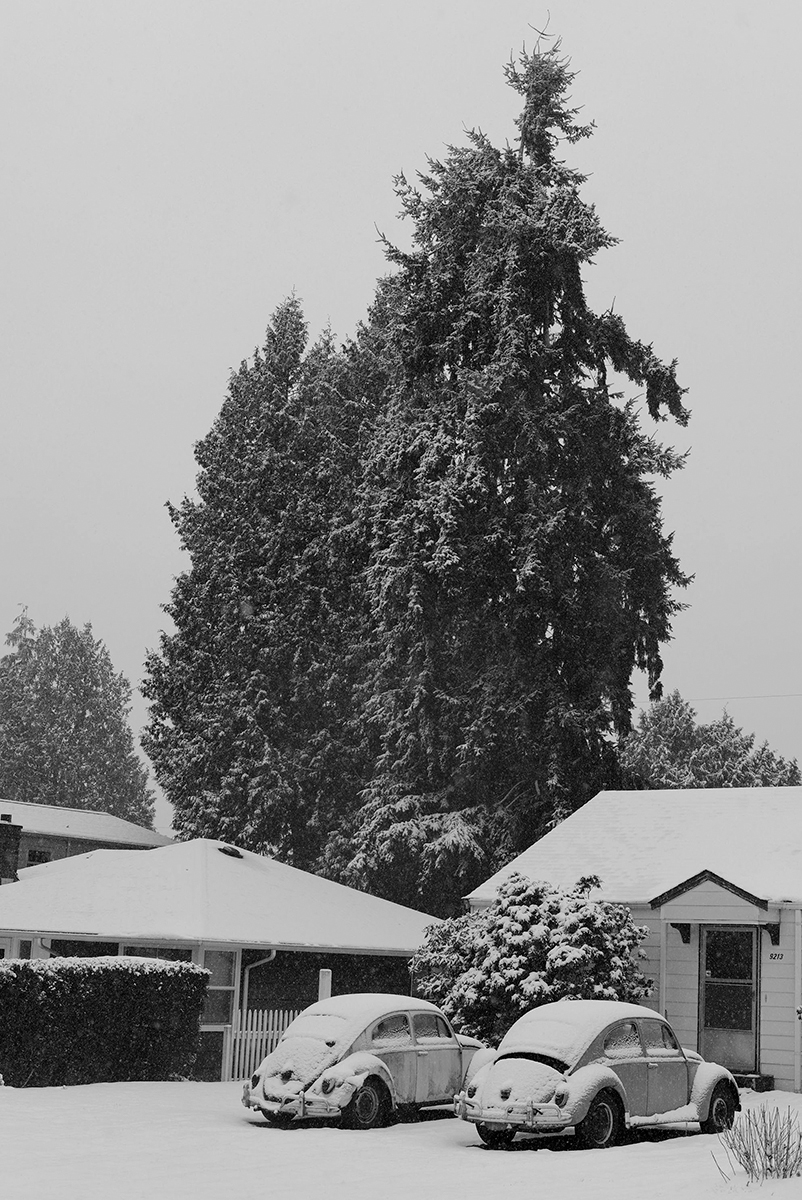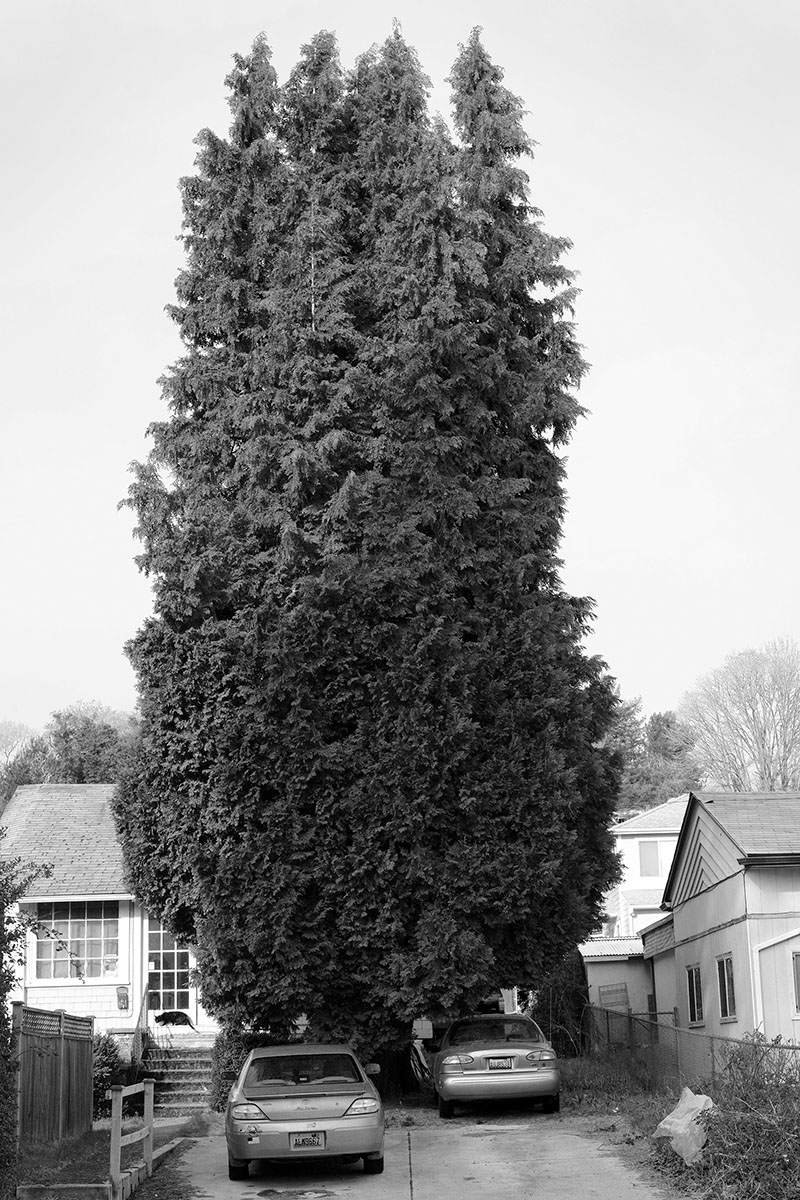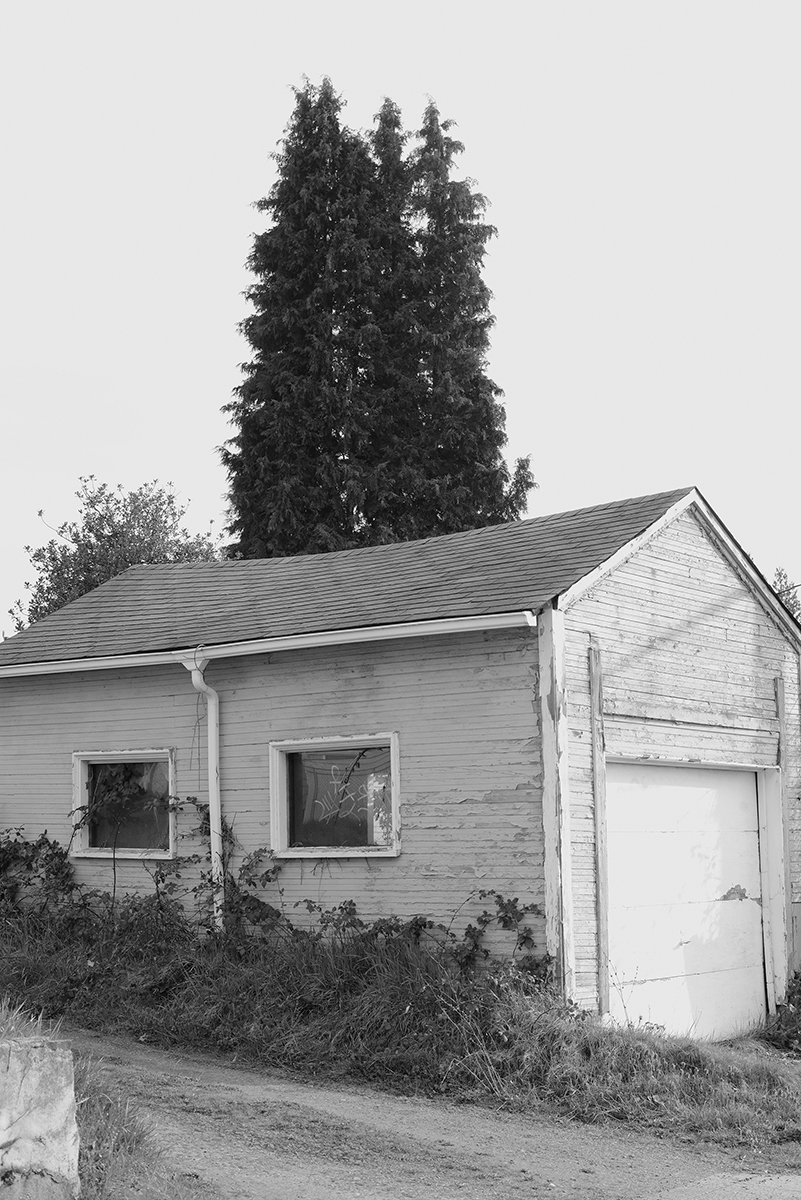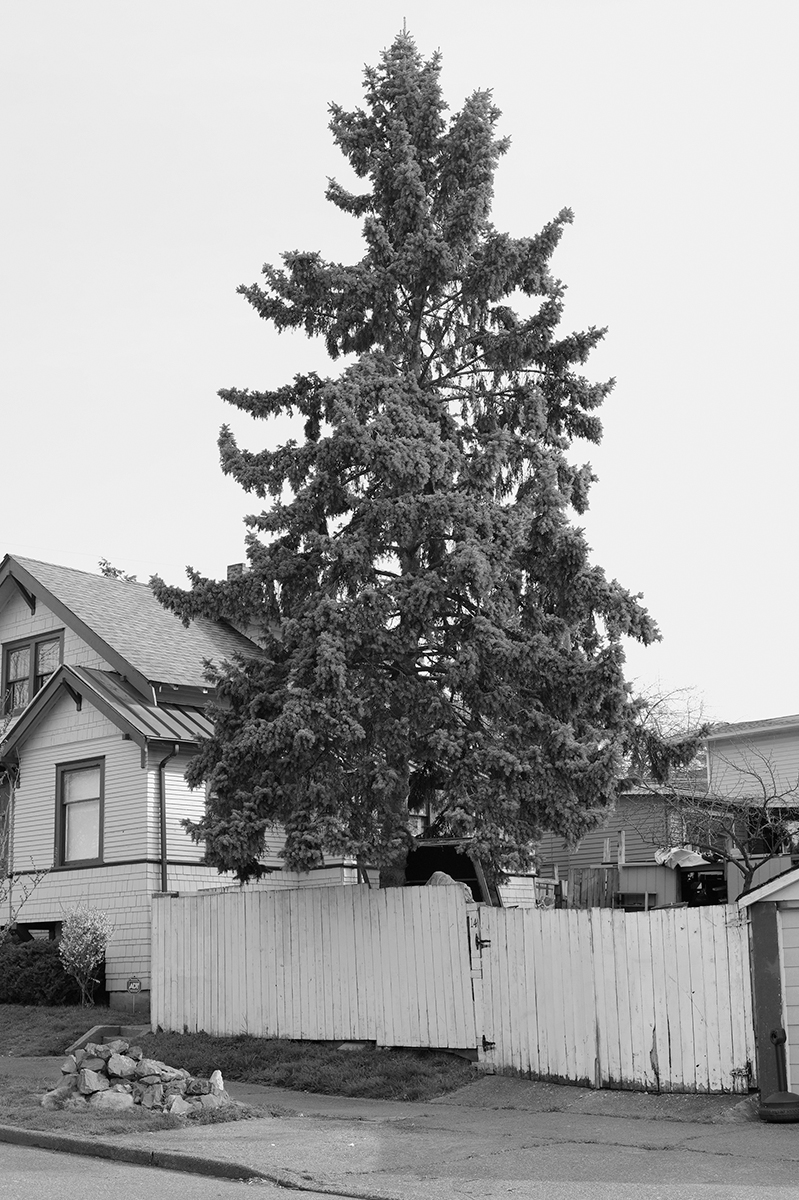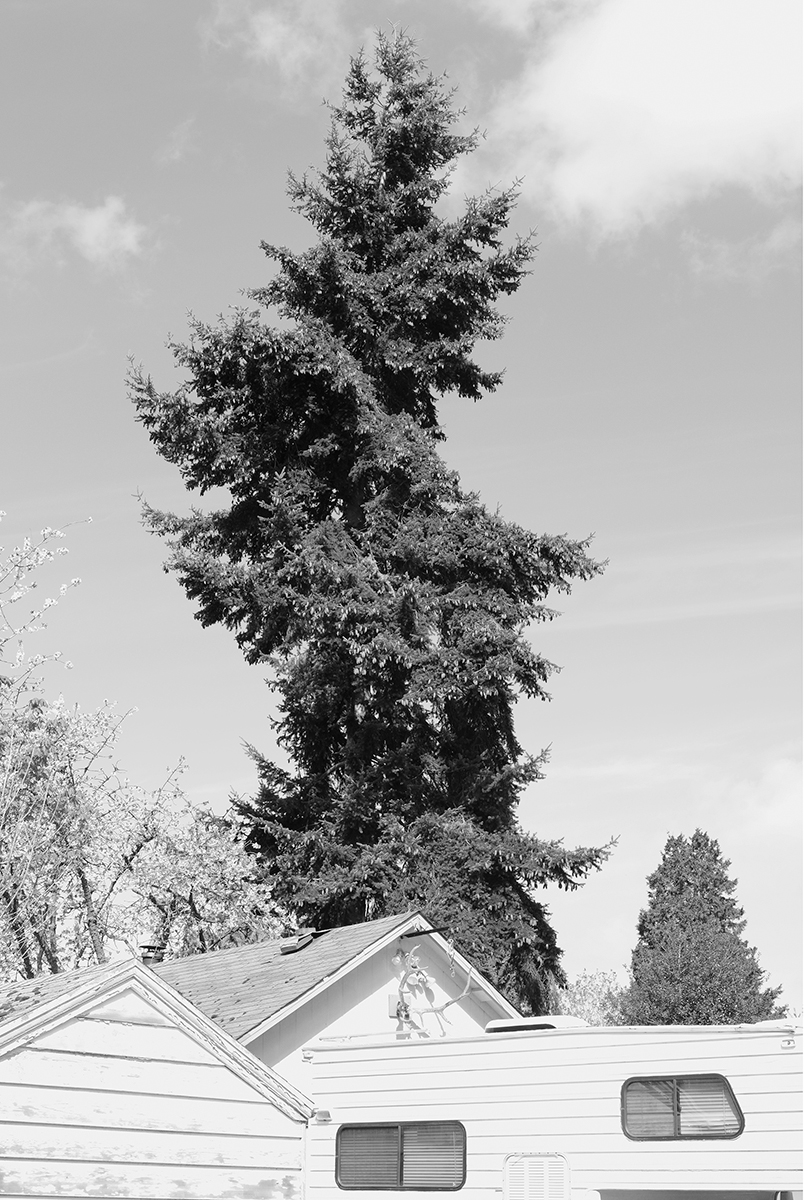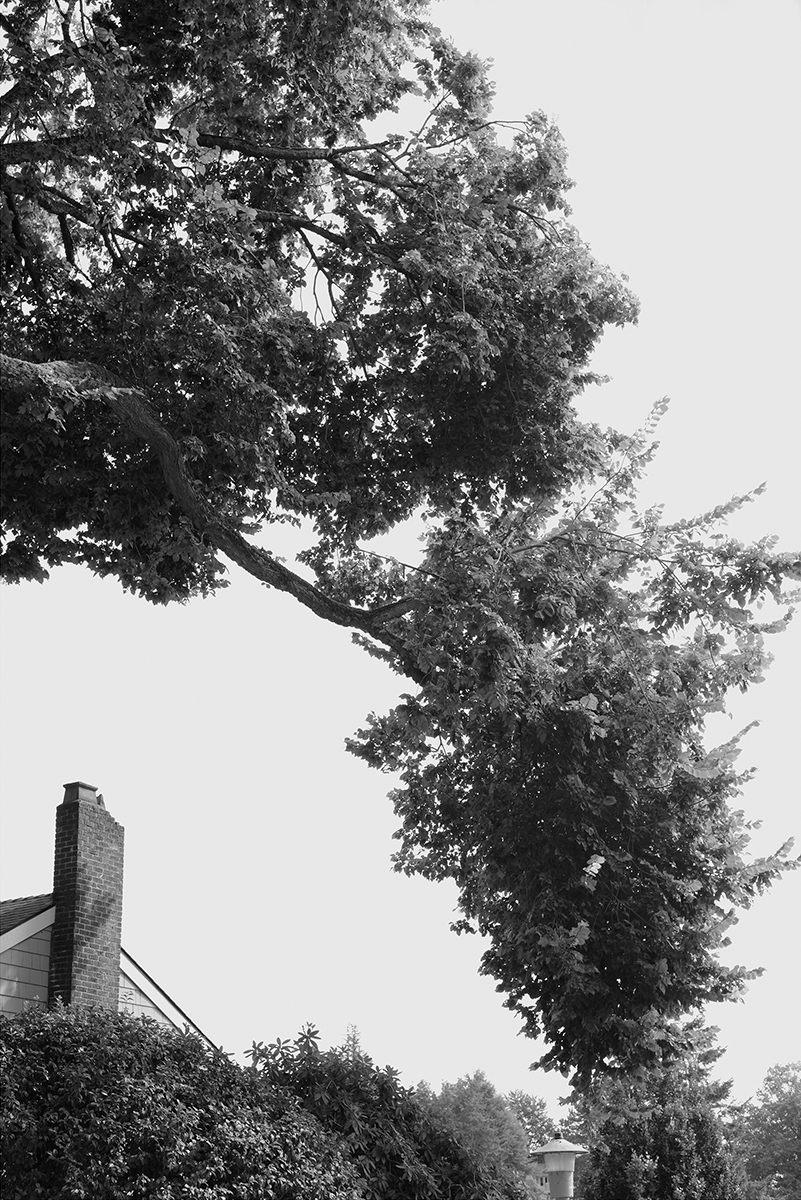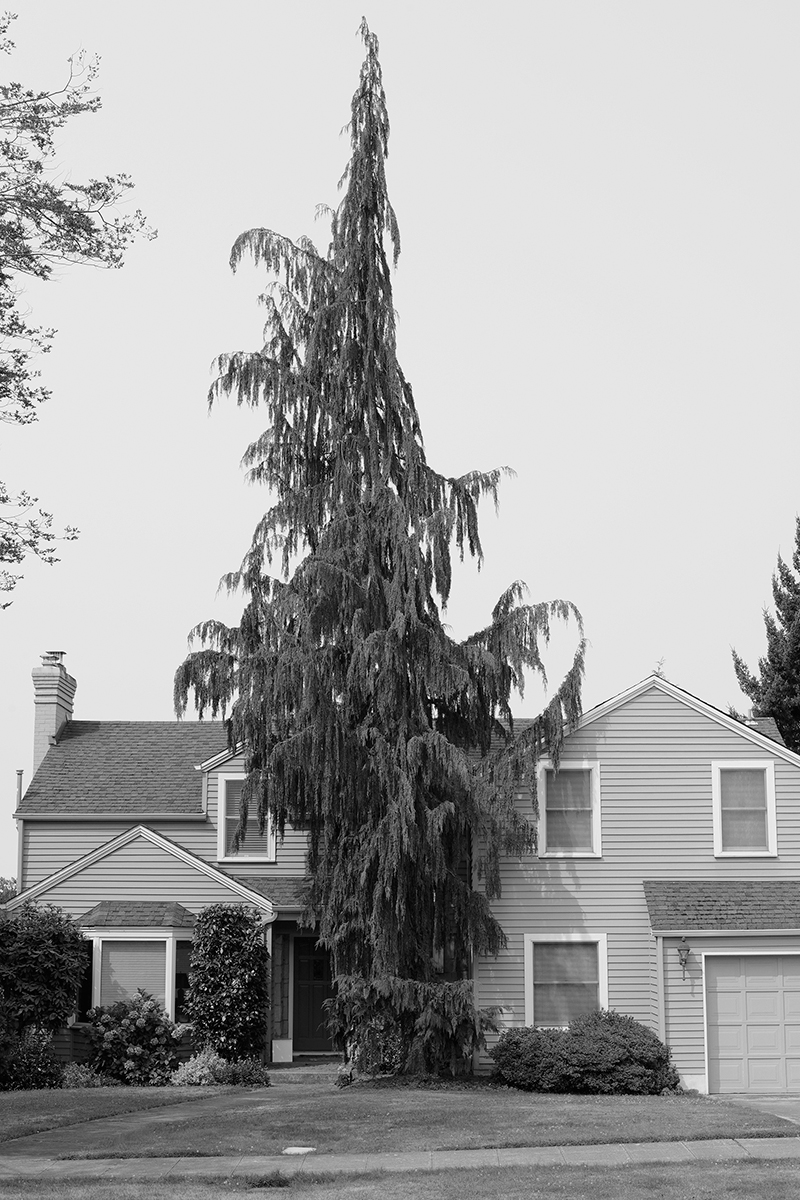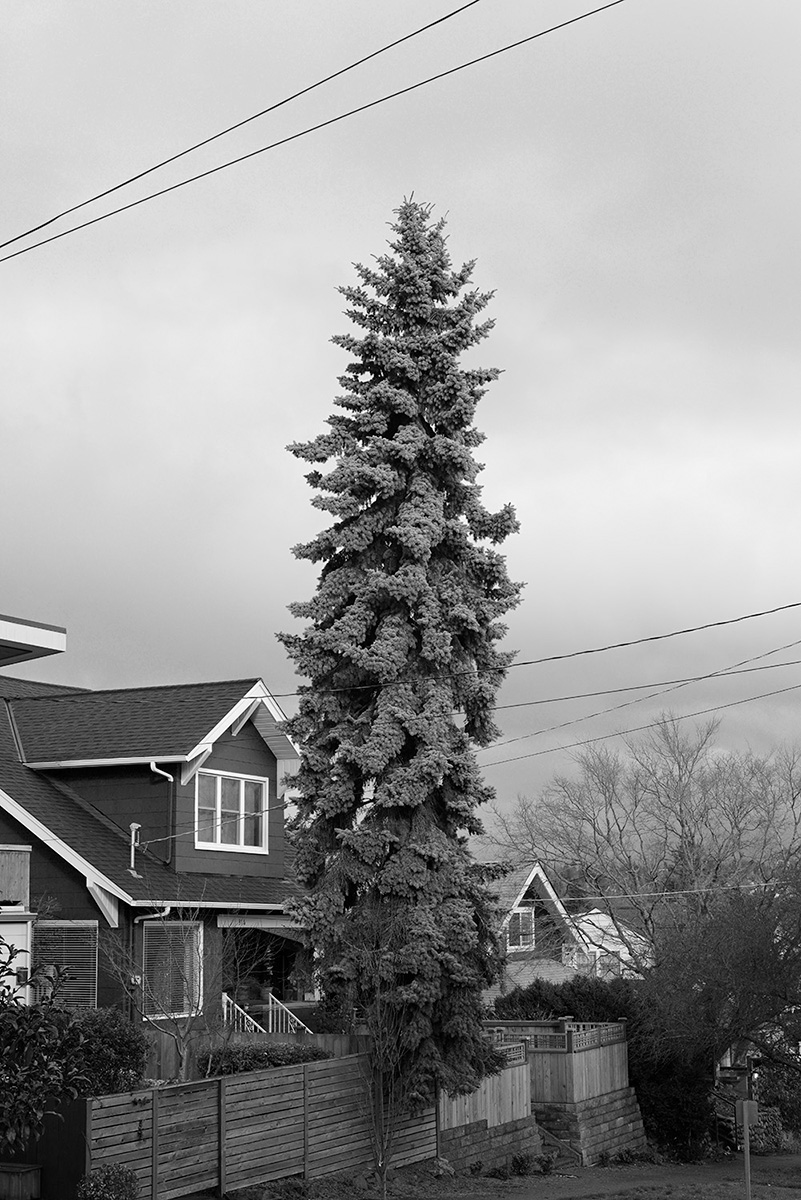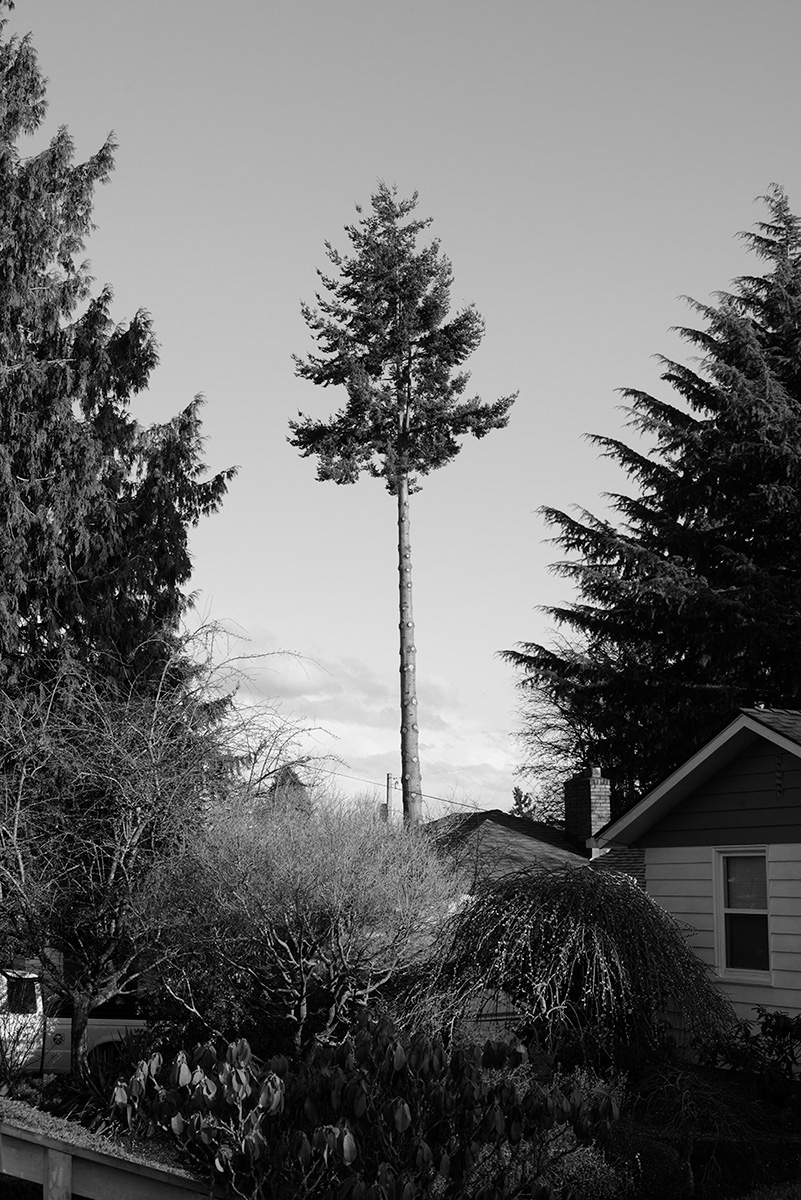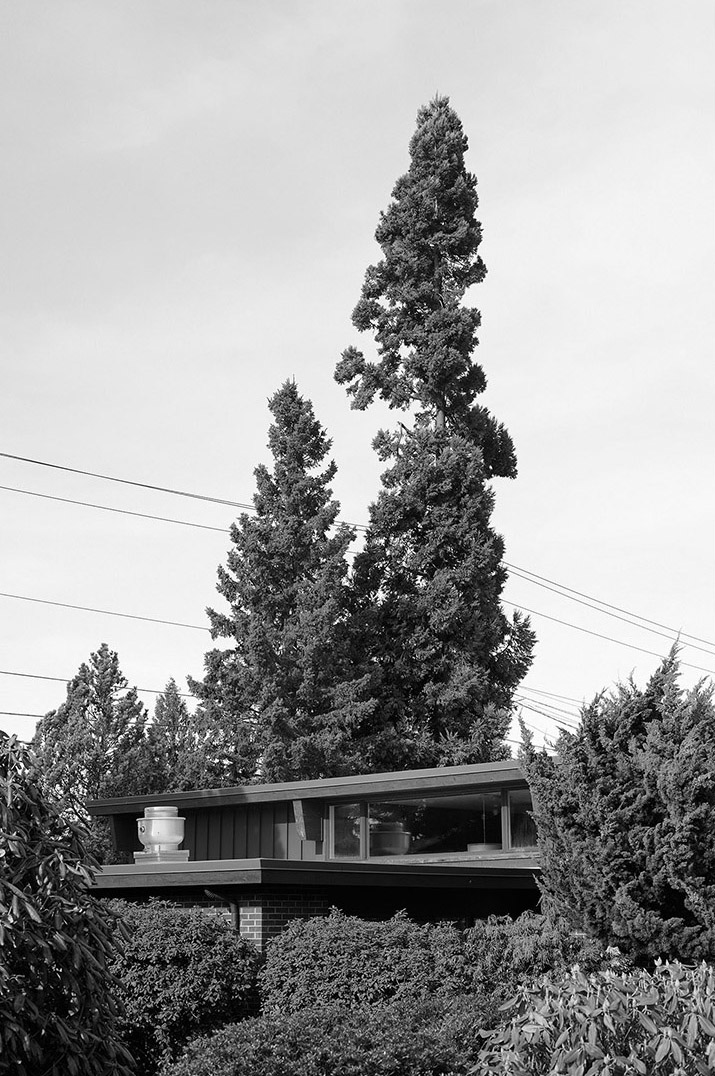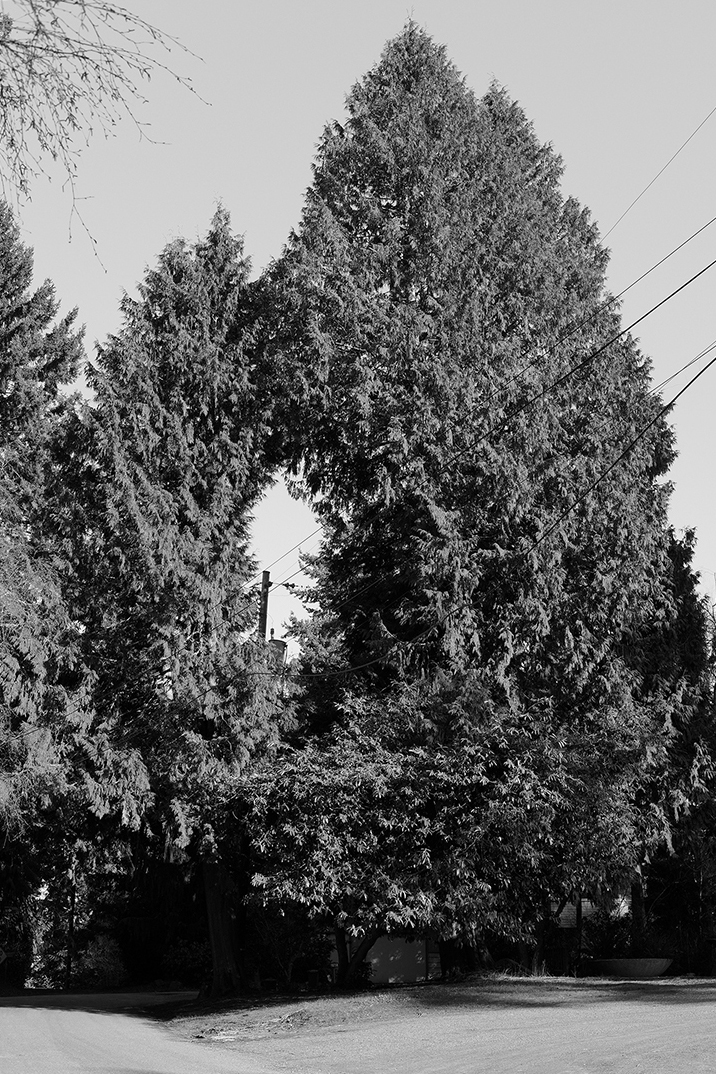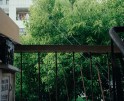Jon Feinstein: Breathers (after Alzheimers)
Projects featured this week were selected from our most recent call-for-submissions. I was able to interview each of these artists to gain further insight into the bodies of work they shared. Today, we are looking at the series Breathers (after Alzheimers) by Jon Feinstein.
Jon Feinstein is a Jewish photographer, curator, writer, co-founder of Humble Arts Foundation, and Content Director at The Luupe. He has collaborated on exhibitions with Seattle’s Photo Center NW; Blue Sky PDX; CPAC in Denver; The Ogden Museum for PhotoNola; Glassbox, Seattle; Barclays Arena in Brooklyn, and Photoville, and has contributed to VICE, Hyperallergic, Aperture, Photograph, TIME, Slate, Daylight, Adobe, and PDN. His most recent personal projects, which balance pain, joy, birth and death, have been featured on Lenscratch, Too Tired, Paper Journal, Ain’t Bad and Booooooom, and exhibited at Photo Eye, Foley Gallery, Laney Contemporary, ICP, NYC’s Center for Book Arts, Candela Gallery, The Print Center, Filter Photo Festival, Parallelogram Gallery and more. Feinstein’s series Breathers received the 2021 Peter S. Reed grant.
Breathers (after Alzheimers)
Breathers is an emotional portrait, a near-typology of Pacific Northwest trees and their relationship to the developing landscape that is my mother in-law’s early onset Alzheimer’s Disease.
They push upward and hover over homes, set against skies that isolate them like studio backdrops. The holes in their branches and leaves mimic gaps in cognition and metaphoric holes left in the brain.
They have seen and heard everything and hang – breathing – through it all. This work processes a move and adaptionfrom New York City’s concrete mass to the Pacific Northwest’s green oasis, and the reasons for moving; a disease that has claimed a rapidly vanishing memory, and the toll it’s taken on our family. In this context, the trees serve as listeners, breathers, and emotional guardians that have witnessed trauma and change.
Daniel George: Tell us more about the beginnings of this project. What drew you to photograph these trees?
Jon Feinstein: I’ve photographed trees for as long as I can remember, but less emotionally as with this series. When Breathers started in late 2017/ early 2018, I was actually in the midst of a fun collaboration with one of my favorite photographers, Lindsay Metivier, for the photographer-volley platform “A New Nothing” – a conversation between my photos of northwest trees and her south east trees.
At the same time, I was about 6 years deep into experiencing my wife + her family’s pain surrounding her mom’s early-onset Alzheimer’s. Her mom (who died this passed fall) was diagnosed in her early fifties and it was a devastating slow-burn. Watching her memory fade, seeing her change but never really knowing her before. Seeing the love and devotion displayed by my father in law, her caretaker. And I began seeing this balance of pain, pause, disintegration and humanity in the trees I was photographing around me. It became a therapeutic experience.
DG: At what point did you begin to connect thinning foliage and missing branches to “gaps in cognition and metaphoric spaces left in the brain”?
JF: At first, my reaction to the trees was more visceral and not really articulated by the specifics of their structures. It was more about being “in” them, feeling them, responding to them. I started seeing patterns in what I was photographing. Not just as a typology, but in the structures of the leaves…and in certain sequences, the feeling of emotional dissolve. In some, there are more literal “holes,” and in others this relationship is subtler. I’m still playing around with sequencing and not sure if I want to go this route, but it’s something I felt and continue to feel along the way. There’s also this concept of “The thousand mile stare” – (also the title of a book by Gary Reiswig) – a glassy-eyed look that often appears in the eyes of people with Alzheimer’s disease as if they were staring a thousand miles into space. I often think about this when looking at and photographing the trees.
DG: I am interested in the way that you describe the trees as emotional guardians. Could you talk more about that?
JF: I’ll try not to sound too heavy-handed or obvious, but a lot of that is about their towering presence. While I see them as reflecting the pain, there’s a continuous comfort in them just being there, standing in the background, inhaling the emotional outpouring, providing a quiet solace. Outliving and absorbing our traumas.
DG: With this work, you are navigating and managing the emotional weight of your mother-in-law’s Alzheimer’s diagnosis on your family. In what ways have you found the creative process (or this project in particular) to be helpful?
JF: It was less about the diagnosis (the project began years after she was diagnosed, and deep into the illness) and more about the impact of the disease itself. It’s an absolutely awful disease – how strangers look at a person without empathy…family members who just don’t know how to respond… But also the continued search for signs of the person who once was… Late one night, a few years ago, we were visiting in Juneau, Alaska where she lived and my brother-in-law began singing old German folk songs to her…songs she had learned in her youth when studying the language. Somehow, despite being mostly non-verbal, she lit up, and sang along. The creative process has been a way to manage this mix of moments. To see reflections of it – both sad and beautiful – in the environment around me.
DG: In 2020, you wrote an article for VICE that includes the work of several artists whose work addresses memory loss diseases. What does Breathers contribute to that conversation, and why do you feel it is important that artists continue to provide these sorts of interpretations?
JF: I think art is a great means of therapy. The piece I wrote for VICE came out of a desire to see how other people used photography to process their own experiences with the trauma of memory loss. I think this kind of work is twofold. In some ways – with much of the work I included in the VICE feature – it can bring awareness of the disease’s devastation and the need to cure it, and also the humanity of the people affected. But, on a more personal note, it’s an opportunity to provide connections between people who have similar experiences with the disease. Some good friends of mine who are also affected by it have commented on seeing and feeling the parallels between my photographs and their experiences processing Alzheimer’s.
Posts on Lenscratch may not be reproduced without the permission of the Lenscratch staff and the photographer.
Recommended
-
Earth Month Photographers on Photographers: Josh Hobson in Conversation with Kes EfstathiouApril 19th, 2024
-
Earth Month Photographers on Photographers: Leonor Jurado in Conversation with Jessica HaysApril 18th, 2024
-
Ruotong Guan: Falling. Slowly. but,April 13th, 2024
-
Seth Adam Cook: As Big As The SkyApril 12th, 2024
-
Michael Borowski: AzurestApril 11th, 2024

